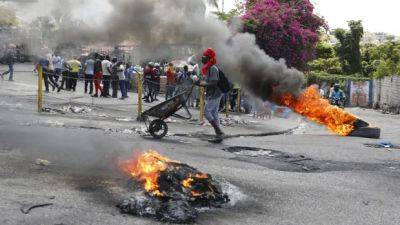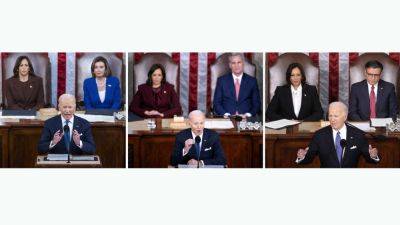A Change in Our Poll: We’re Keeping Respondents Who Drop Off the Call
On Saturday, we’re releasing the results of the latest New York Times/Siena College national poll, including what voters think about the candidates, the election, and how voters feel about the state of the country.
This time, we’re making a modest methodological change that we wanted to tell you about in advance: We’re keeping respondents who started our survey but then “dropped off” before the end of the interview.
It’s a bit wonky (6/10, I’d say), but hopefully helpful for those following our polls closely. It does move our results, albeit by only a percentage point.
Here’s the basic problem: The interviews for our national surveys are conducted by phone (mostly cellphones), and they take about 15 minutes to complete. About 15 percent of the respondents who tell us how they’ll vote in a coming election decide to stop taking the survey — politely or not — before answering all our questions.
We’ve been calling these respondents “drop-offs.”
Careful readers of this newsletter know we’ve been interested in “drop-off” respondents since our Wisconsin experiment in 2022. The “drop-offs” are less likely to vote, less likely to have a college degree, younger and more diverse.
These are exactly the kind of respondents whom pollsters already struggle to get to take polls, making it all the more frustrating that we lose a disproportionate number of them while a survey is underway.







